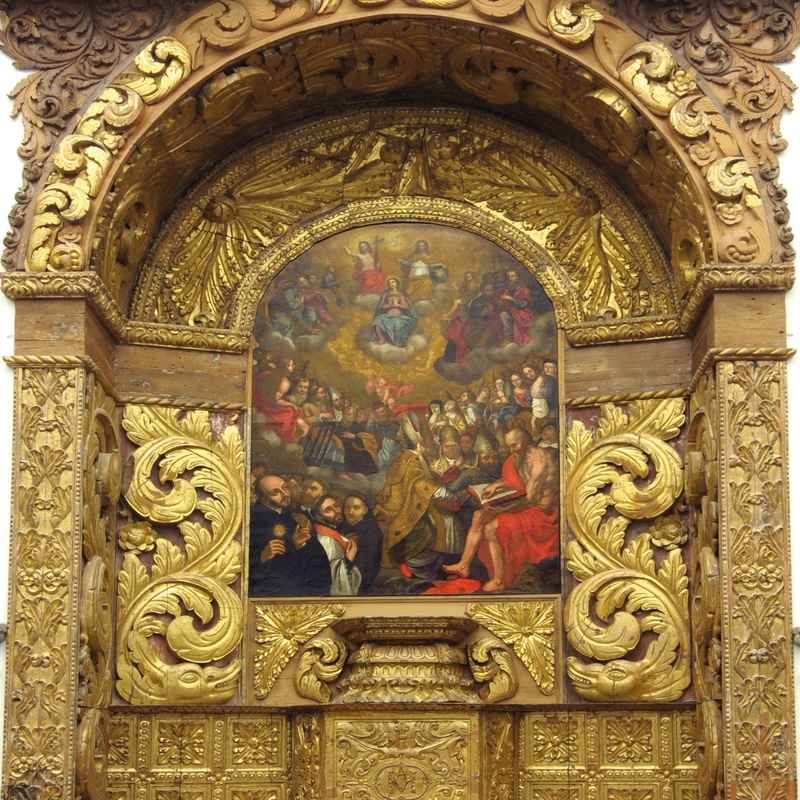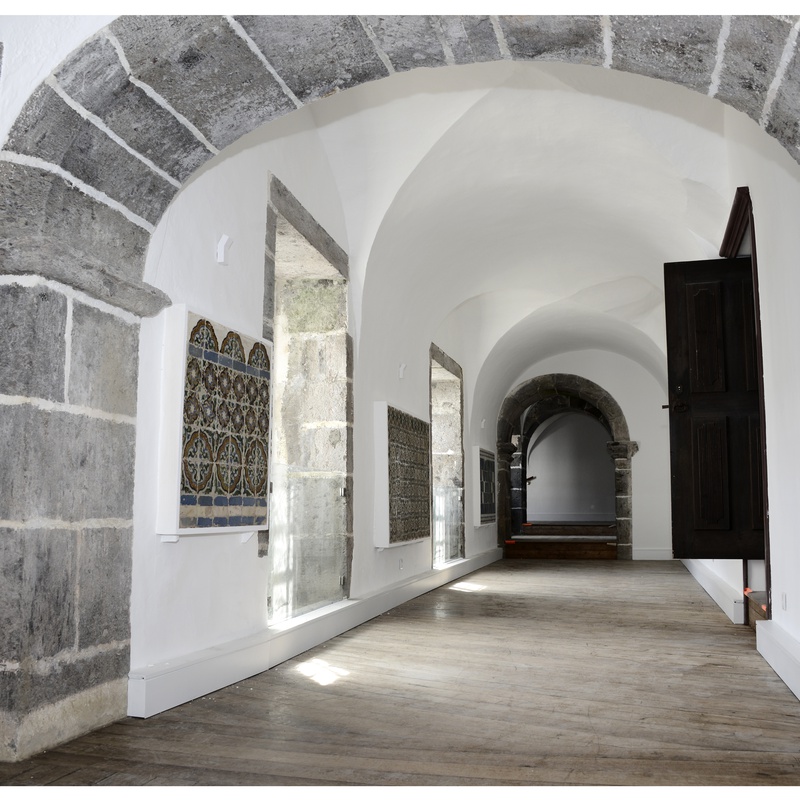"In Pelágica, these (positive) relations are assumed to be a form of collective (bio)intelligence. Mané Pacheco prevents extraction, showing the nature that pre-exists it and offering hope in a prophylactic formula that serves as a barrier to destruction". _ Ana Cristina Cachola
This project is a commission of the Walk & Talk - Arts Festival and was presented as part of its 10th Edition, in partnership with the Carlos Machado Museum.
SEISMIC HOPE
Extractivism, in its excessive practice, presents itself as a major contemporary problem of the cultural issue and a “conceptual metaphor” for culture; that is, a metaphor that, according to Mieke Bal, produces knowledge in a complex, analytical, and critical way. The pervasiveness of predatory extractivism on a trans-global level has made this phenomenon the target of increasing social, political, theoretical, and artistic awareness in its relationship with the Anthropocene, the Westocene, the Capitalocene, its paradoxes, denunciations, and possibilities for resolution. At the same time, extractivism has been accumulating a conceptual charge that allows us to broaden our reflection on the acceleration, new forms of environmental devastation, inequalities, and modes of exploitation. In this sense, Mané Pacheco’s work develops as a kind of telescope of extractive observation, forcing us to see the critical (and often invisible) places of the present, between a visual optimism and apocalyptic (dis)belief. The artist’s work is build up in an interdisciplinary practice in which reflections on how the human species organizes itself and establishes (power) relations are articulated, approaching these questions from a biological, social, and physiological point of view, in an artistic blur that expands through drawing, sculpture, installation, video photography, and performance. In Pelágica, she presents an installation punctuated by ineffable objects in which the artificial imagines the natural, and vice-versa. This questions the spectator and his ability to relearn how to look, see and observe. Her research is based on the recent rating of the Azores archipelago as a Hope Spot: a critical area for the conservation of the oceans (and life on earth), due to its unique and exceptional marine biodiversity. The geographic and demographic conditions of the Azores, usually presented as ‘obstacles’, now become an evolutionary advantage, highlighting this place as unique for the preservation and knowledge of the dynamics between living beings. The exhibition is thus crossed by a kind of seismic hope: hoping for the best, knowing that any sudden movement will prevent it. Pelagic exploration introduces us to organisms and environments never observed before, and it is in this sphere that the project acquires space for speculation about the invisible, submerged as a place of potential ecosystemic cooperation (with humans and technology), proposing matricial relations with possible past or future phylogenetic evolutions. In Pelágica, these (positive) relations are assumed to be a form of collective (bio)intelligence. Mané Pacheco prevents extraction, showing the nature that pre-exists it and offering hope in a prophylactic formula that serves as a barrier to destruction. His resistance expands the chromatic possibilities of an ecology, often restricted to greens and blues. After all, ecological doing must be as diverse as the world, even the submerged world.
Ana Cristina Cachola / July 2021

The Sacred Art circuit focuses on the old College Church, where the lush façade, the resplendence of the altarpiece of the main altar, as well as the collection of 17th century tiles are assumed as a whole, in a unique monument of Baroque style. To this is added a gallery with a diversified collection where pieces from the 16th century stand out, as well as a valuable collection of works with a religious theme.

This tour presents the architectural characteristics of past convent buildings, but also the diversity of spaces, their dynamics and purposes, as well as exploring the way of life of the Poor Clares belonging to the female branch of the Order of Friars Minor, founded by Saint Francis of Assisi.

The Natural History Circuit presents a naturalist collection that was the basis for the Museum. It is distributed over 8 rooms where diversity, knowledge and the exotic, along with different fields of scientific knowledge, are exhibited, with special importance to zoology, geology, mineralogy and botany.